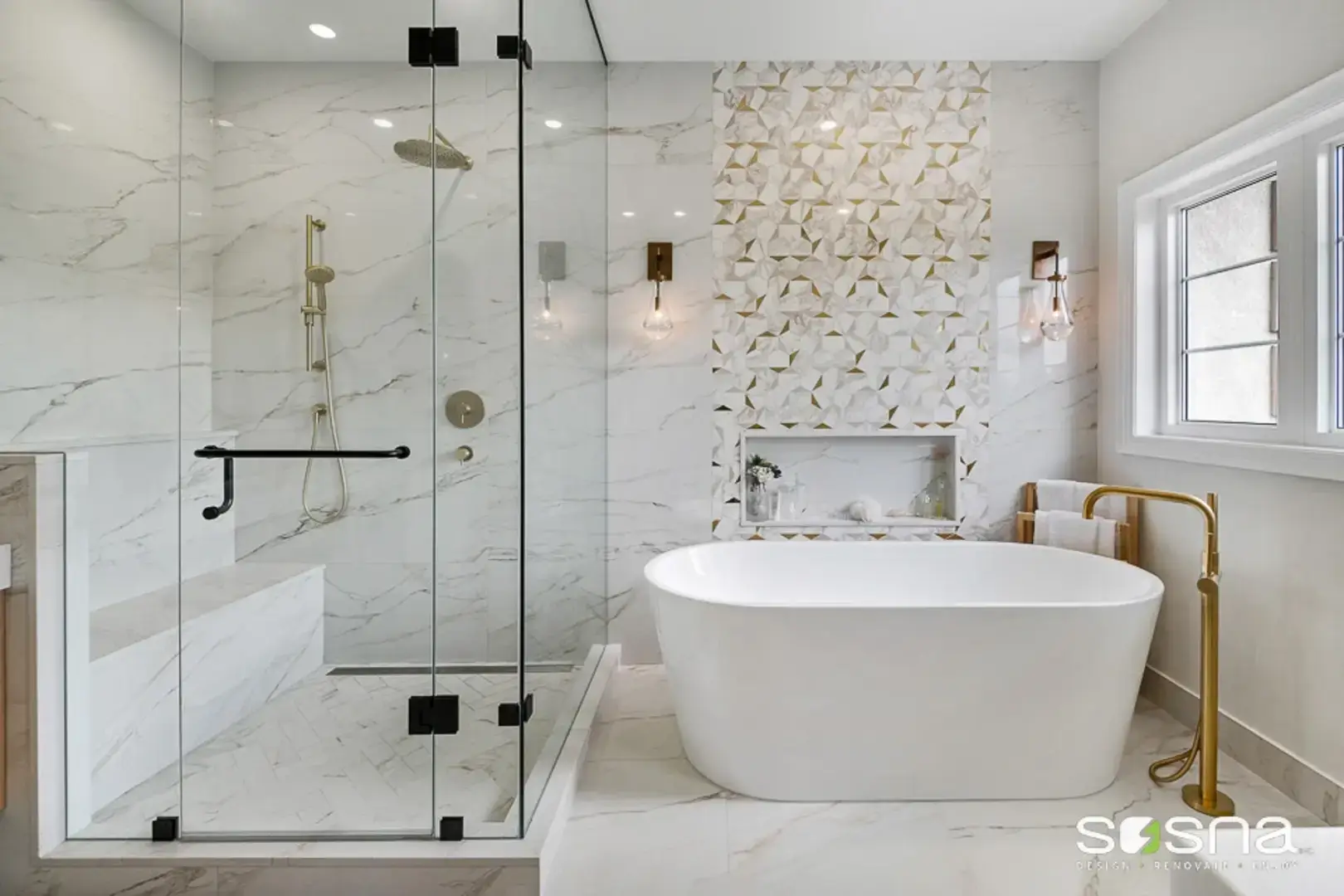Lighting is an essential element in setting the mood, creating ambiance, and providing functionality in a room. A well-thought-out lighting plan and carefully curated fixtures are the cherry on top we bring to our renovation projects as it enhances a part that is intangible – the sense of making your home feel inviting and comfortable.
Here are different types of lighting:
1. General or Ambient Lighting
This is the primary source of light in a room. It provides overall illumination and helps you see clearly. Ambient lighting includes potlights, ceiling-mounted light fixtures, and recessed lighting, commonly used in Hallways, Home Offices, Recreation Rooms, Dining Rooms, and Kitchens.
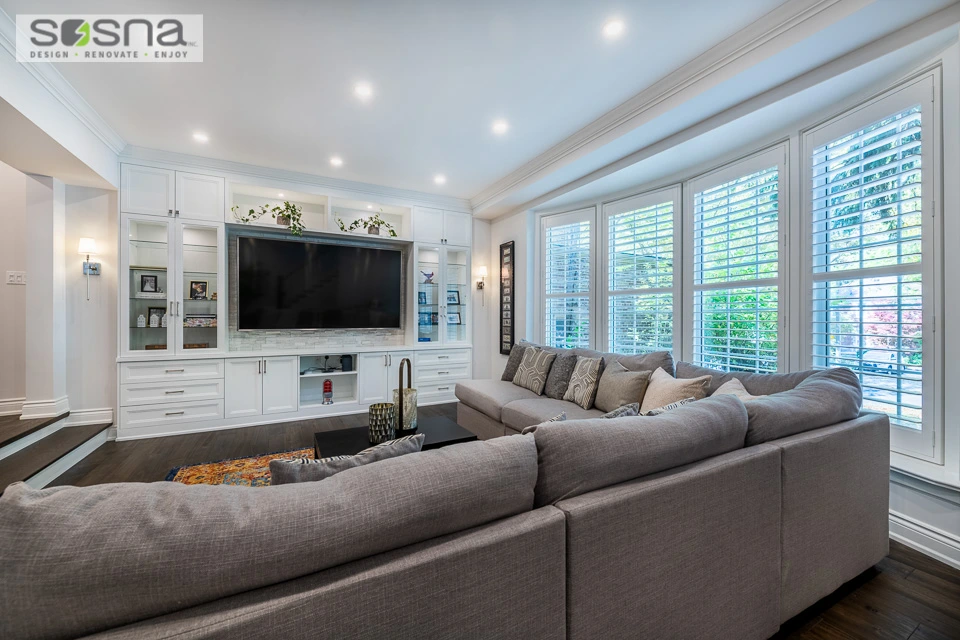
2. Task Lighting
Task lights focus on specific areas where you perform tasks that require more direct lighting, like reading, working, or cooking. Desk lamps are commonly used in Home Offices while pendant lights over a kitchen island and under-cabinet lighting are great examples of task lights we install in almost all of our renovation projects.
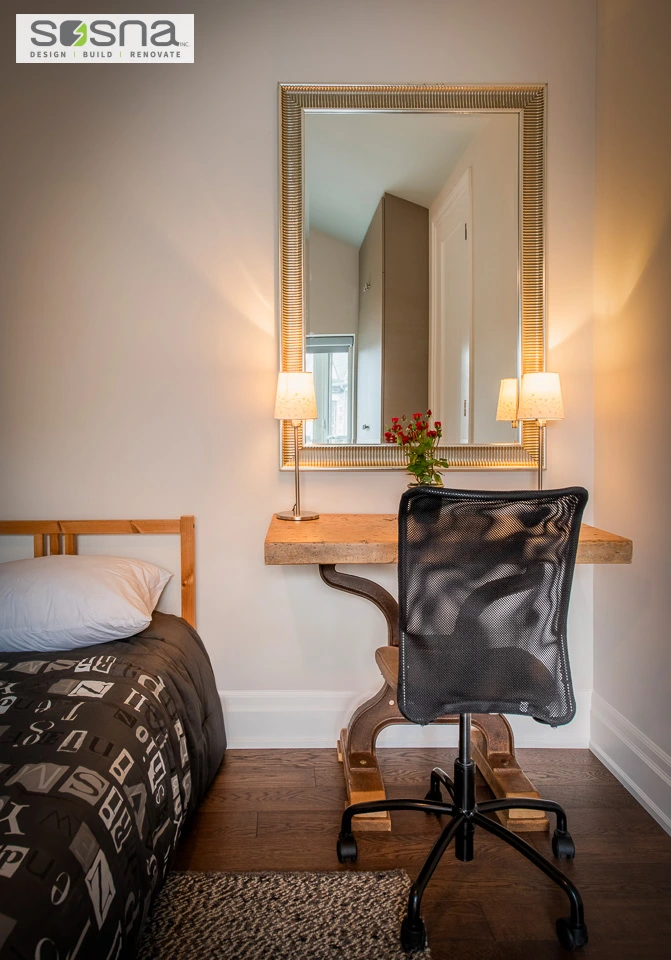
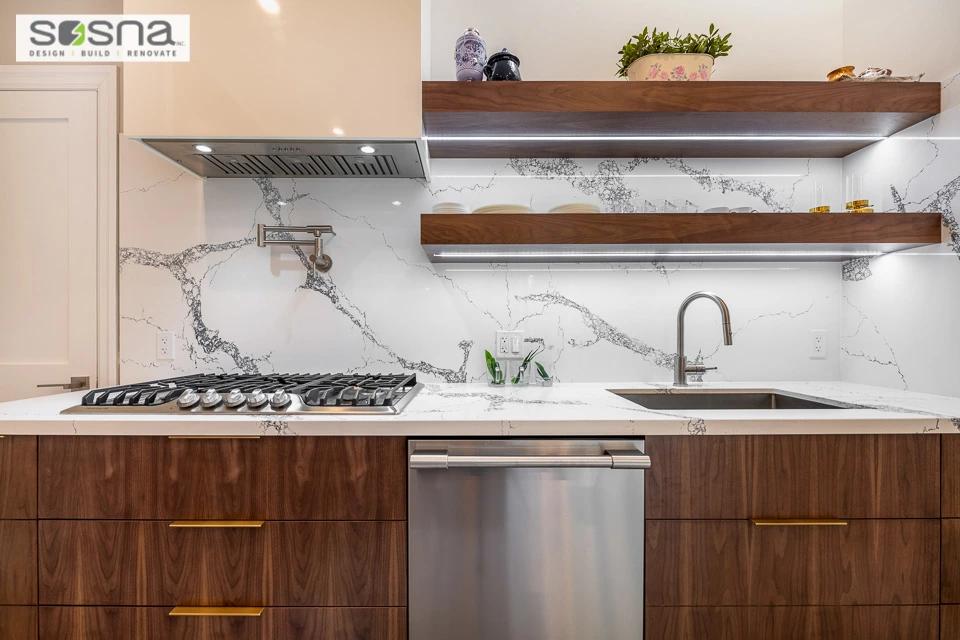
3. Accent Lighting
Accent lighting highlights features such as artwork, plants, or architectural details. It can also be used to create drama or a sense of depth in a room. Picture lights, track lights, and wall-mounted fixtures work well in the common areas of your home while bath bars and vanity sconces provide accent lighting in your Bathrooms and Powder Rooms.
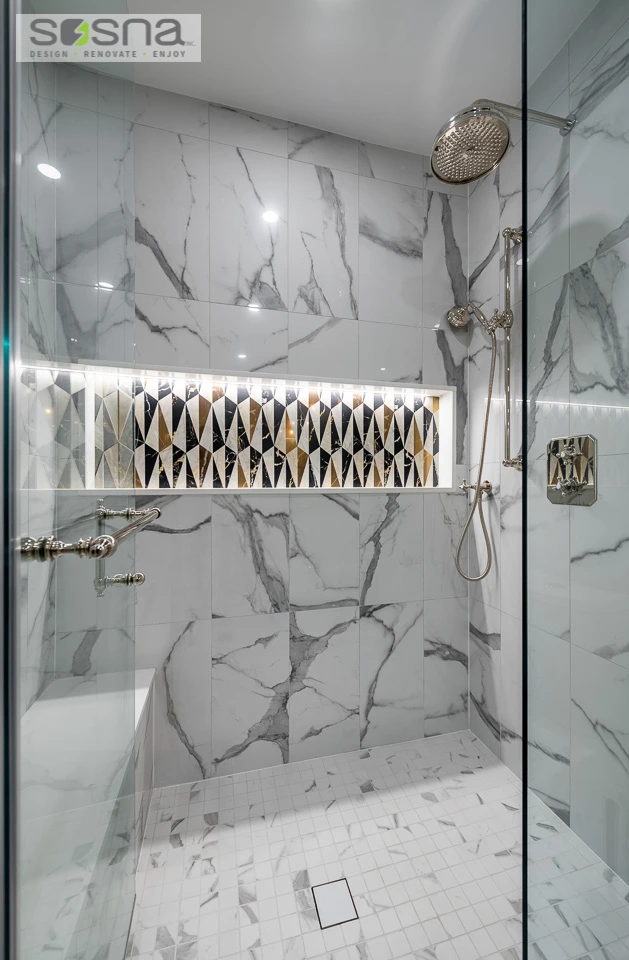
4. Decorative Lighting
These lights are all about aesthetics and creating atmosphere, they also serve as the focal point in the room. Decorative chandeliers and pendant lights are typical statement pieces we install in our projects’ Foyer, Dining Areas, Living Rooms, and cascading chandeliers add a luxurious touch to any high-ceiling stairwells.
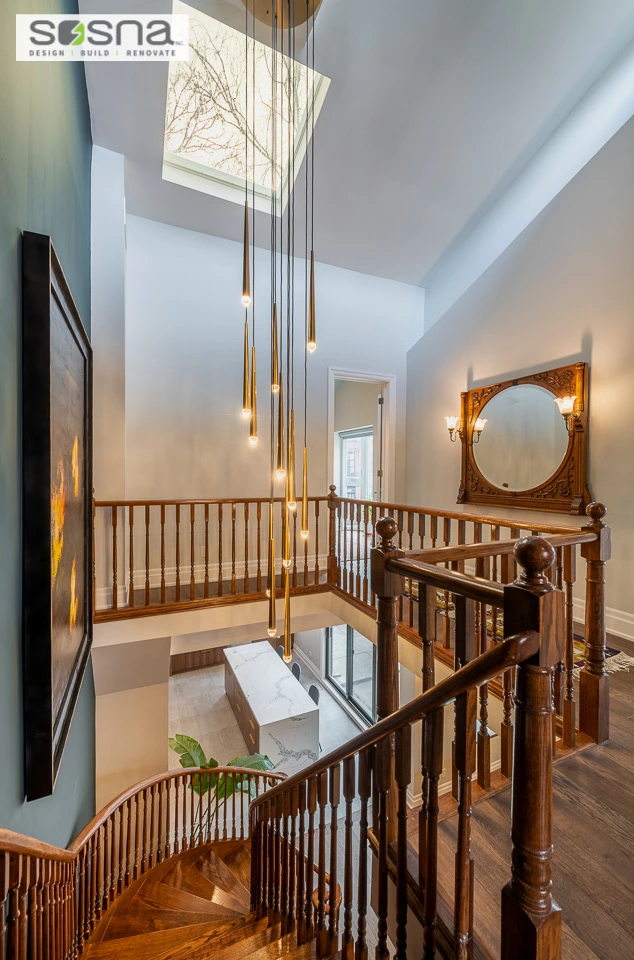
How do I select the right light fixture? Here’s a guide I follow for each home I design and plan for:
1. Identify the purpose of each room
I start by evaluating the function of each room we are renovating. Understanding the purpose and how you go around using your space is crucial when choosing light fixtures. Different activities demand specific types and intensities of lighting to create a comfortable and effective environment. For instance, bedrooms benefit from soft, ambient lighting that foster relaxation, while kitchens require bright task lighting to support preparation of meals.
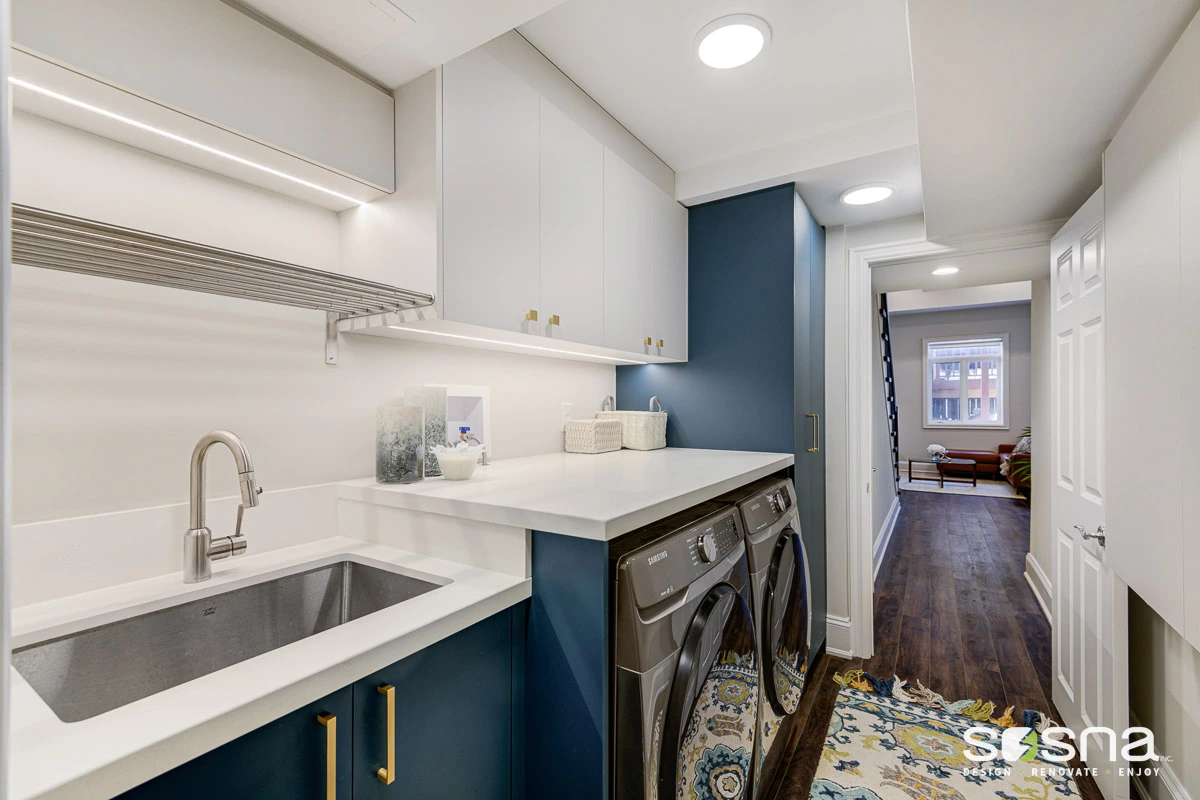
2. Layering your lights
The key to good lighting is layering. Each room benefits from a mix of different types of lighting for flexibility and balance, ensuring that you have light for different functions and occasions.
- Living & Dining Rooms: A combination of potlights for ambient lighting, table or floor lamps for reading, pendants for dining, and wall sconces for highlighting artwork.
- Kitchen: Combine potlights for general lighting with under-cabinet lighting and pendant lights above the island to make meal prep and cooking easier. Uses accent lighting to highlight specific design elements.
- Bedrooms: Create a relaxing ambiance with soft ambient lighting with overhead or dimmable lights. Add task lighting with bedside lamps for reading and sconces for a cozy feel.
- Bathrooms and Powder Rooms: A well-lit mirror is key with the use of vanity lighting around it. Also, include ambient ceiling lights which are helpful for cleaning and accent lighting to set the mood.
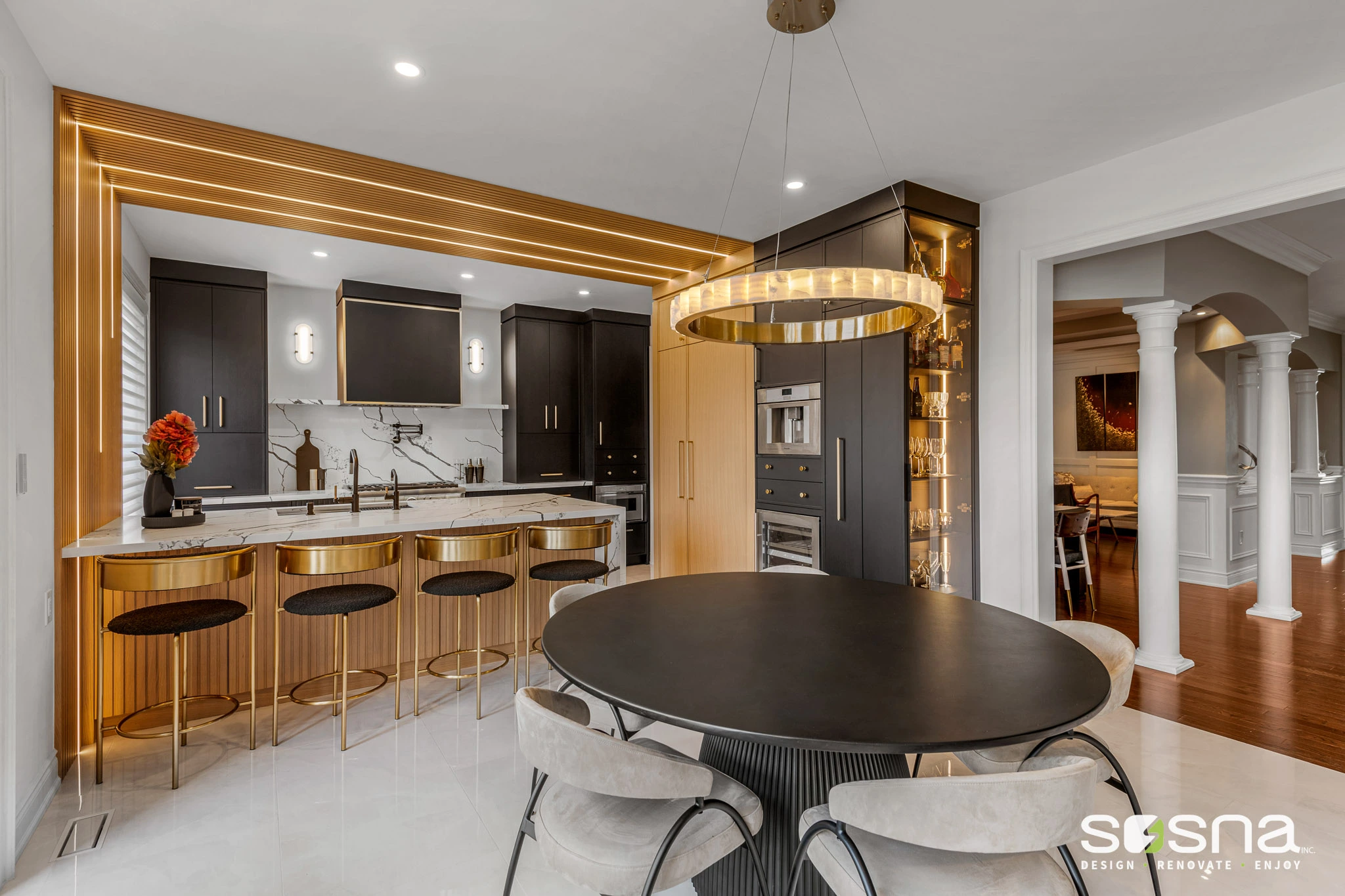
3. Think about light colour temperature and the right bulbs
Lights fixtures come in many forms that use a different types of bulbs: the type of bulb used can significantly affect the ambiance of your room:
- CFL bulbs are energy efficient but can take a bit longer to reach full brightness.
- Incandescent bulbs offer warm light but are less energy efficient.
- Halogen bulbs are bright and offer a warm glow but run hot and consume more energy than most types of bulbs.
- LED bulbs are energy efficient, come in various colour temperatures, last longer, and some offer smart bulbs for smart lighting systems which allow you control through apps or voice commands. LED bulbs are popularly used in most if not all of our projects as they offer a variety of colour temperatures:
Warm White (2700K-3000K): Creates a cozy, inviting atmosphere; best for bedrooms and living rooms.
Cool White (4000K): A more neutral, bright light; perfect for kitchens and bathrooms.
Daylight (5000K-6500K): Mimics natural light daylight; not typically used in residential renovations but are great for offices and workspaces.
4. Sourcing a selection of fixture options while considering quality and safety
Sourcing your light fixtures from our reputable lighting suppliers is crucial for several reasons, impacting both the functionality and the well-being of our clients. Here’s why they matter:
- Compliance with regulations, electrical and fire safety: Poorly designed or subpar lighting fixtures can lead to short circuits, electrical fires, or electrical shocks, hence it is highly important that your light fixtures are certified to meet strict Code regulations for safety and energy efficiency.
- Light quality and performance: high-quality fixtures ensure that light is distributed evenly and appropriately throughout the space. Poor lighting creates unsafe environments, especially in work areas, hallways, or outdoor spaces.
5. Determine the style, size, and proportion of decorative lights to your space
Determining the style and size of decorative lights should complement the overall concept and proportion of your space in relation to the room dimensions and ceiling height as well as your furniture like dining table and fixed elements like kitchen island.
The height of both ceilings and furniture &/or island play a major role. For higher ceilings, large statement pieces can be considered for visual impact. We may need to lower the light fixture slightly to maintain proportion to the island &/or dining table.
Visual balances are created by spacing lights and setting certain proportions based on your room size, dining table, and island without overcrowding.
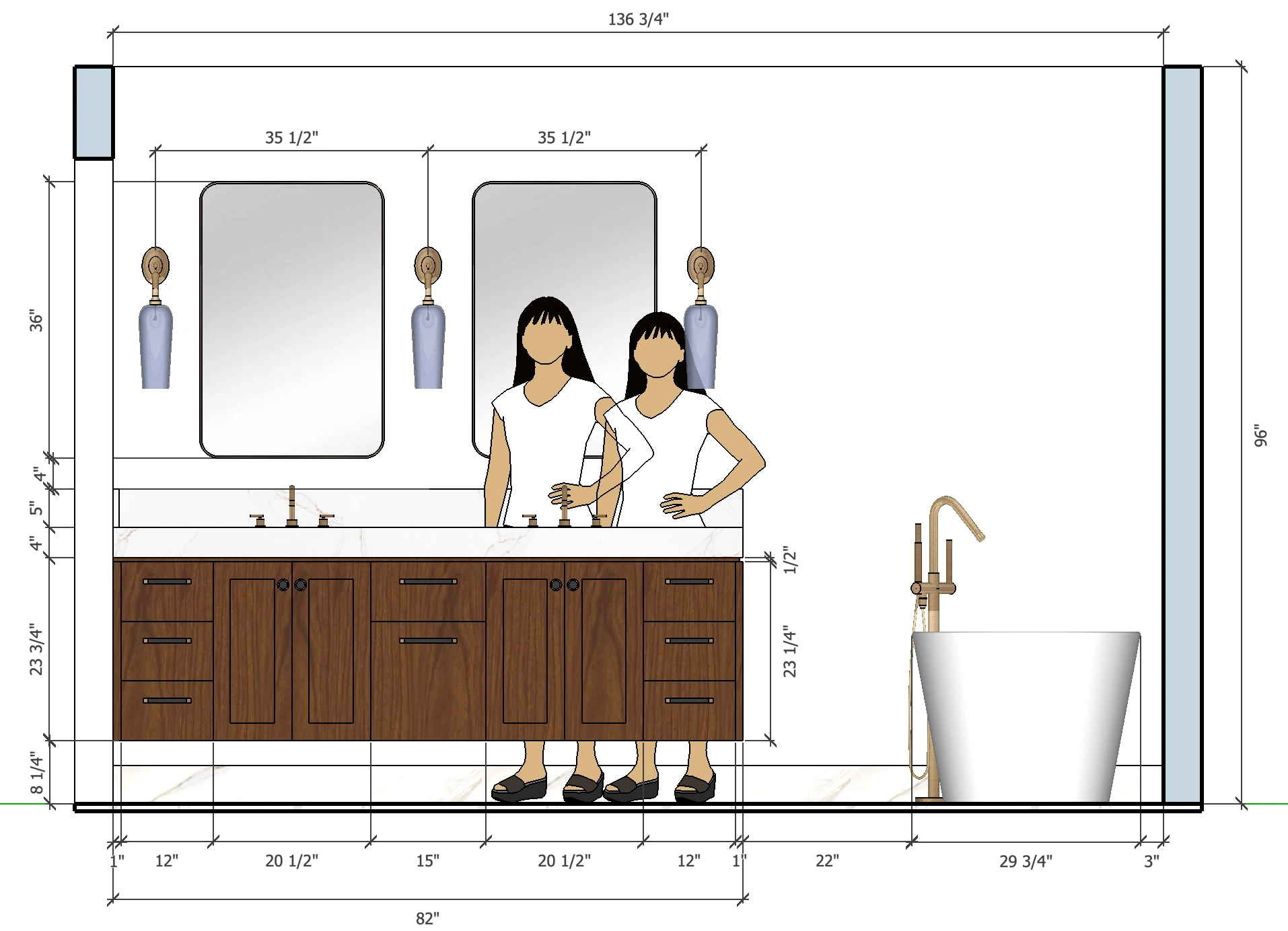
Work with a Professional: Are you ready to discover what lights can do and elevate your home?
Lighting can have a major impact on your room’s atmosphere and functionality.
Reputable home builders offer an abundance of expertise in planning your space with lighting. Working with our professional licensed electricians, we bring technical expertise about how light works and a keen eye for style, balancing natural and artificial that’s apt for your space.
Curious to see how we can help transform your and enhance your home? We’d love to hear from you – reach out today!
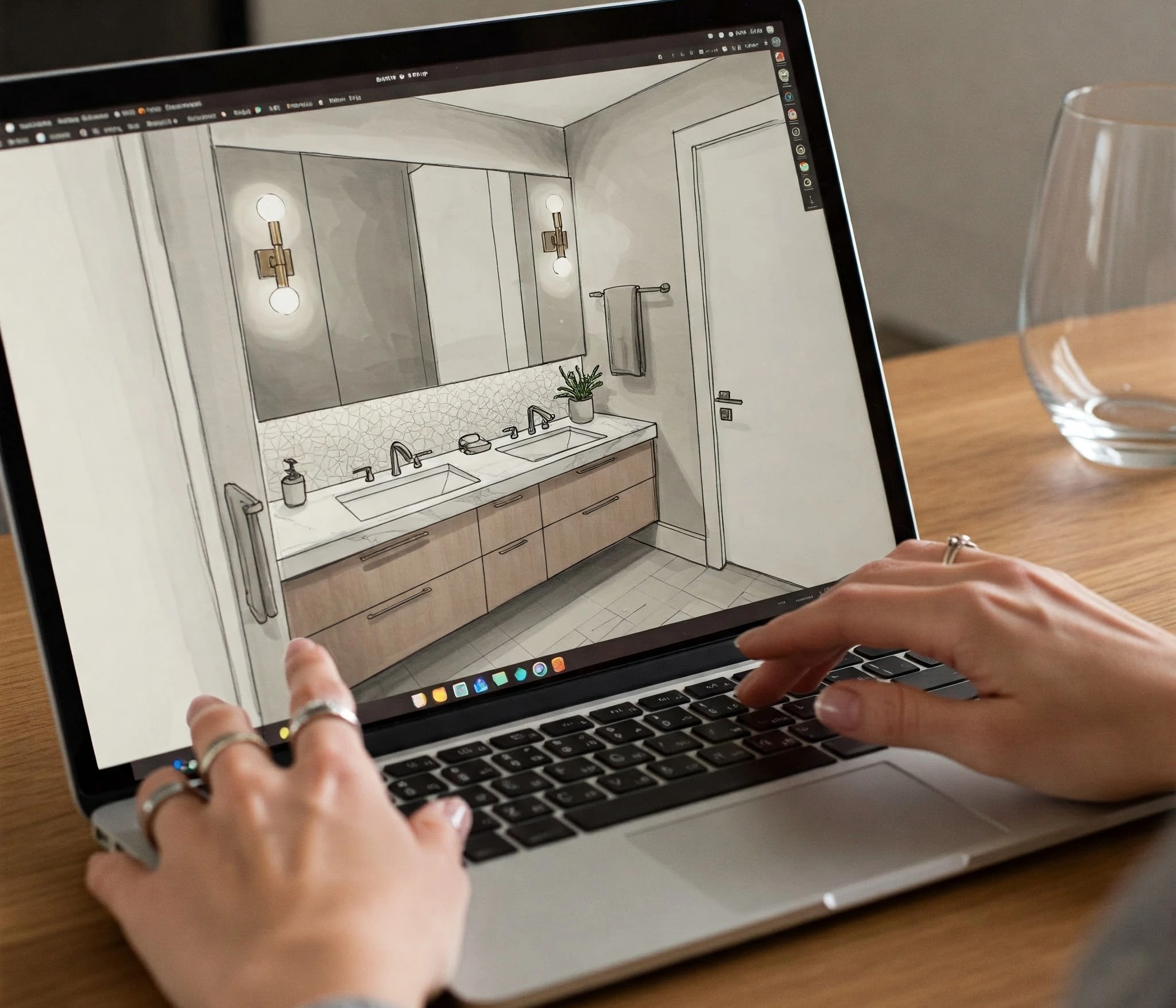
Author: Camila Tan
22 Views

